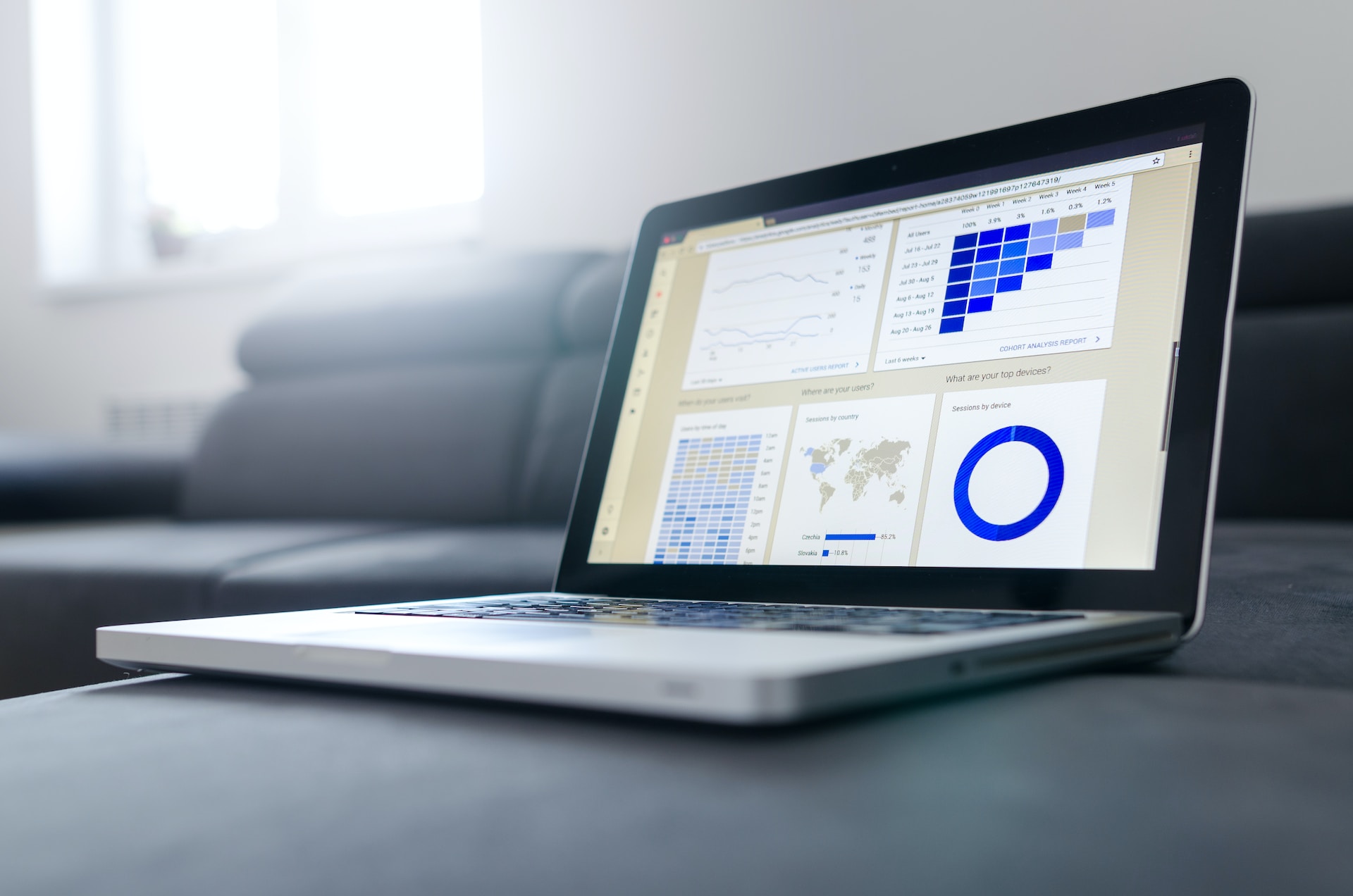By its very nature, a strategy is about predicting and charting a course for the future. Which means, strategy is hypothesis, not fact, and conjecture until validated. Yet, strategy is presented in impressive Power-Points by well-heeled consultants as the definitive answer to problems, and the defining path to tapping new opportunity.
Like a high-stakes gambler at the roulette table, a company follows these strategic recommendations and invests large sums of money in building for the future, with no assurance of the outcome. And as with the gambler, the odds of failure are greater than those of success.
Dip your toes in the future
The internet is slowly changing that. Rather than rolling the dice on the future, or try to predict it, companies can dip their toes in it through experimentation. The traditional business sequence – research, strategize, build, sell, and measure – is evolving. With the internet, the sequence has become an iterative loop of hypothesize, build (as little as possible), sell (sometimes before even building), and measure (the results of your small experiments). Lather, rinse, repeat.
How is the internet driving this change, even for traditional businesses? Think of the internet as a giant global laboratory, giving you access to potential customers with whom you can test propositions and get feedback, cheaply and quickly. Why build a product before selling, when you can test-sell the product online? Why commit yourself to a price, when you can evaluate multiple prices with the same audience? Why invest in packaging design and manufacturing, when you can gauge consumer response to multiple options digitally?
While many digital companies have been testing and experimenting for a couple of decades, traditional companies have been slower to adopt this change. This despite Kickstarter, the pioneering crowdfunding platform, having shown the way. On Kickstarter, individuals and small businesses post business and product ideas and gauge interest while obtaining purchase commitments. Not only does this help aspiring entrepreneurs gauge demand and raise funds, but it also gives them access to a pool of engaged early adopters who help them shape and co-create the product by giving feedback along the way.
A says po-tay-to, B says po-tah-to
Another very powerful way to test propositions, product features, and communication strategies and execution is A/B testing. Whether on a marketing platform like Facebook or Google, or on your own app or website, versions A or B of a proposition, communication, or design are randomly presented to a customer segment, and their response measured in the form of clicks, sign-ups, even payments. These results are actionable and valid because A/B testing simulates a real experience, with the user unaware that they are in a metaphorical test tube, closely observed by the experimenter. This method also eliminates the effects of variations in time and place that can corrupt results.
Have I got a deal for *you*, no, for *you*
To see the advantages of online A/B testing, imagine for a moment a test in the physical world. Let’s say we are about to launch a non-prescription medication and want to test two levels of pricing – $10 or $12 for a pack.
We could survey customers, or ask them in interviews, but any good researcher will warn you that what customers say and what they do are two entirely different things, especially when it comes to pricing.
A better method would be to test sales in actual stores. We could place the product in two retail stores, priced at $10 or $12 in each, and compare sales. Or, we could test in only one store, but change the price from one week to the next and then do a comparison.
As you can imagine, not only does the physical world version of the A/B test involve considerable effort, logistics and expense, it also gets corrupted by changing the context in which version A and B are being compared – such as different profiles of customers visiting the two stores, or different contextual conditions such as weather, traffic and news events across different weeks leading to variations in demand. Scaling up the exercise across multiple stores to obtain larger sample sizes further increases complexity and cost.
Test? What test?
In an online A/B test, when a user clicks on a promotion, they don’t see it as any different from any other ‘real’ promotion online. Additionally, those seeing the $10 price are in the same ‘store’, say Facebook, and are going through the test at the same time, as those seeing $12. If one price shows a large enough, statistically significant difference in response, you can conclude with a high degree of certainty that it will be a better option for the chosen segment.
The future remains unknown, and the internet does not deliver clairvoyance. But using the internet as a testbed reduces some of the uncertainty. So, don’t make the costly mistake of committing yourself to a strategy that looks good on PowerPoint. Treat it with suspicion and use the internet to validate it. Remember, and I say this about our own recommendations to clients, any strategy is guilty until proven innocent.




